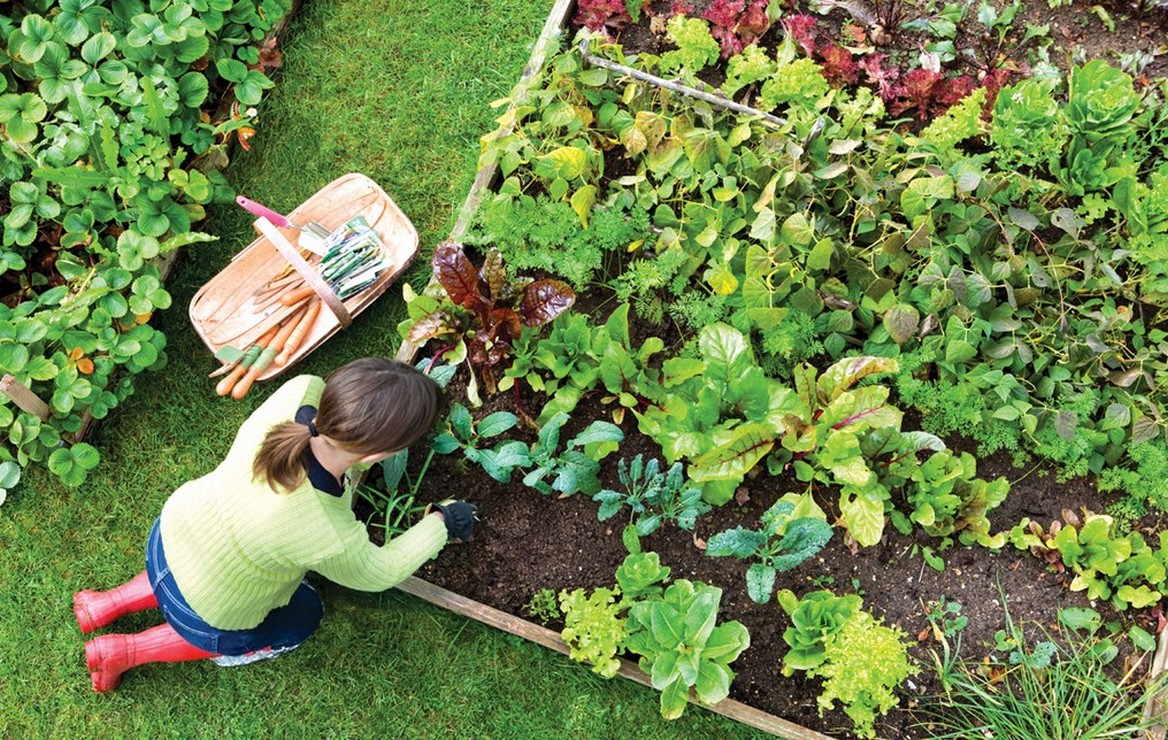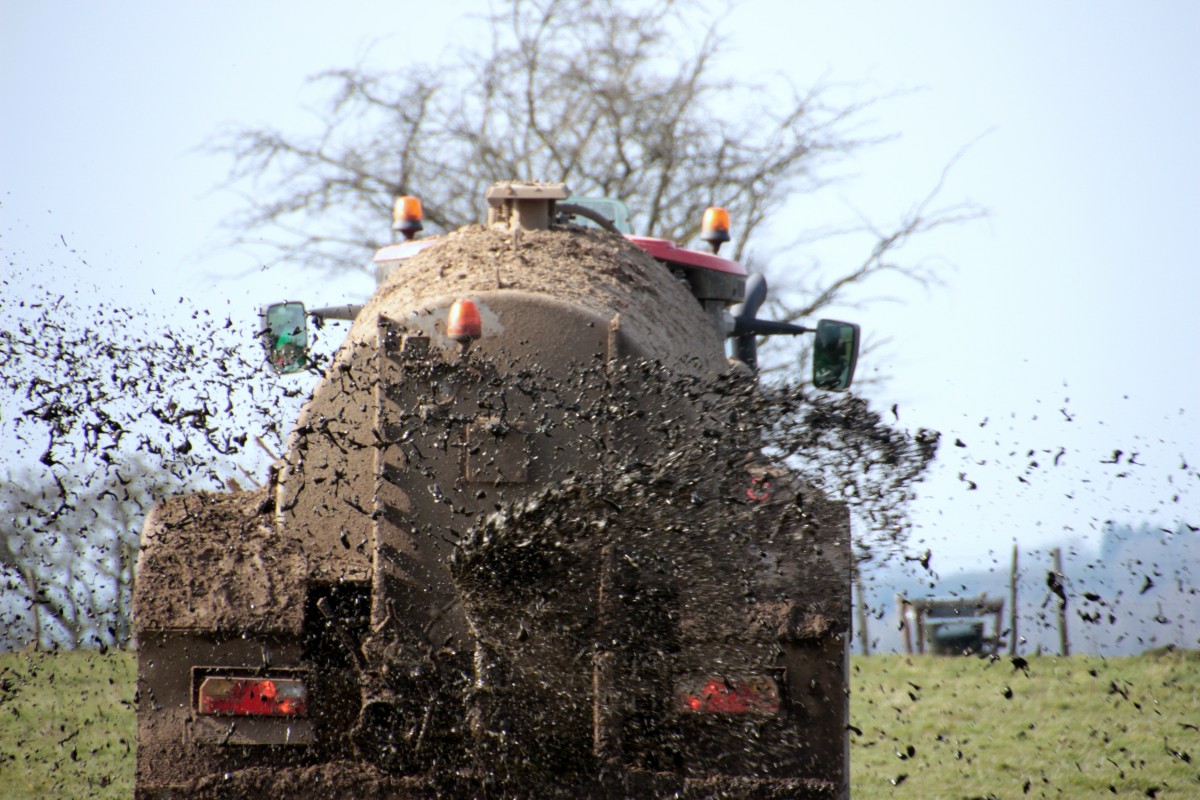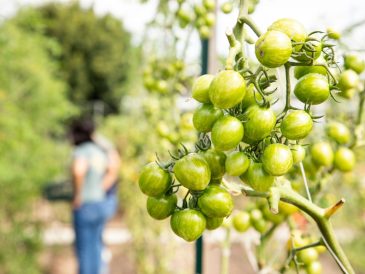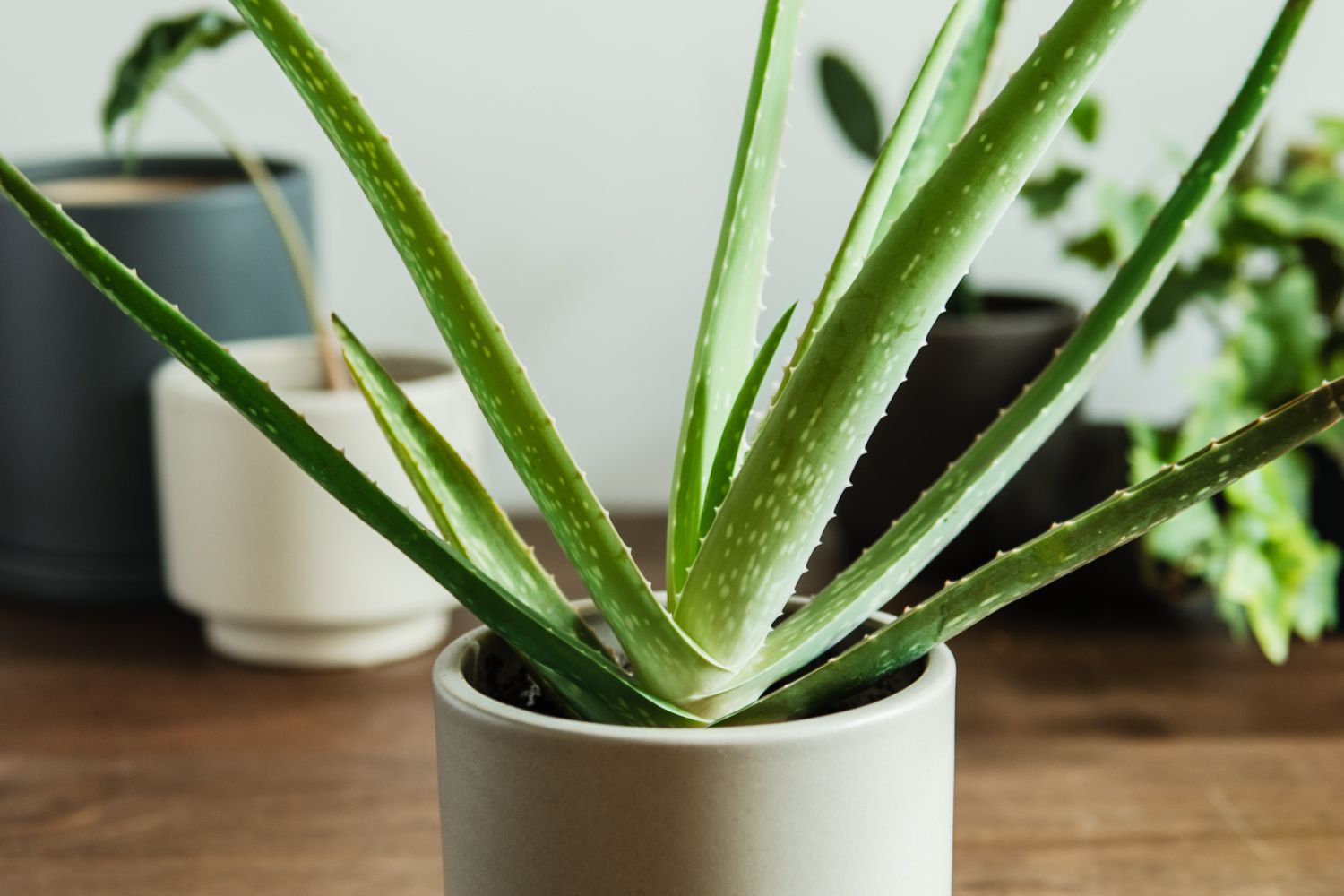Ecological or sustainable gardening seeks to create and develop green areas that respect the environment, letting nature do its work, trying to reduce the use of important resources such as water and energy, and avoiding the excessive application of polluting products, such as fertilizers with nitrates, as well as insecticides, fungicides and herbicides that have a negative impact on the environment. Would you love to create a more organic green area at home but don’t know what to do? Not to worry; we’ve got you covered! In this article, we list 10 tips for using ecological cultivation techniques in your garden.
Choice of Species
This step is important because the plants chosen will largely determine whether or not a garden will be sustainable. We suggest that you choose native plants, as they are already adapted to the temperature, humidity, exposure and soil characteristics, and are more resistant to lack of water, pests and diseases typical of the area.
Grow Plants that Improve Soil Structure
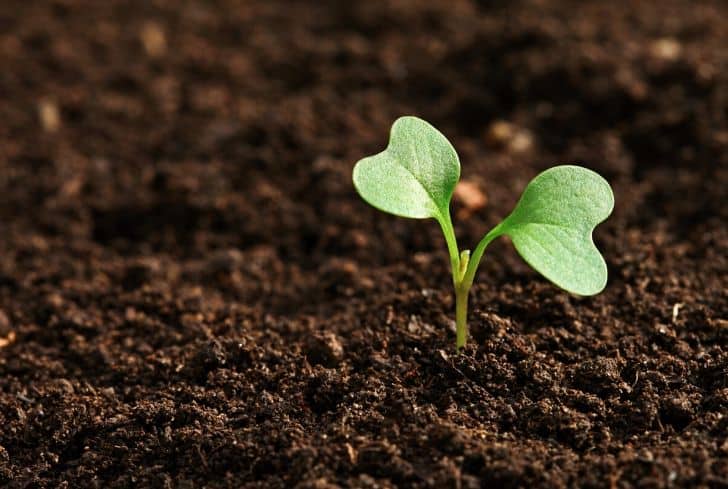
A good way to add nutrients to the garden soil is to plant species that help fix nitrogen. This characteristic is unique to plants in the leguminous family, which have bacteria called rhizobia in their roots that produce nitrogenous compounds that help the plant grow and compete with other plants.
Plant a Wide Variety of Species
This will reduce the risk of pests, as it will be more difficult for them to conquer a garden with a wide variety of species than a garden with many plants of the same species.
Do Not Plant Grass
Grass is a high water consumer and requires a lot of maintenance (fertilization, mowing, profiling, aeration, scarification, reseeding, pest and fungus control). We recommend to replace it with herbaceous plants typical of the region, shrubbery, pine bark mulch or decorative aggregates.
Check the Soil Acidity
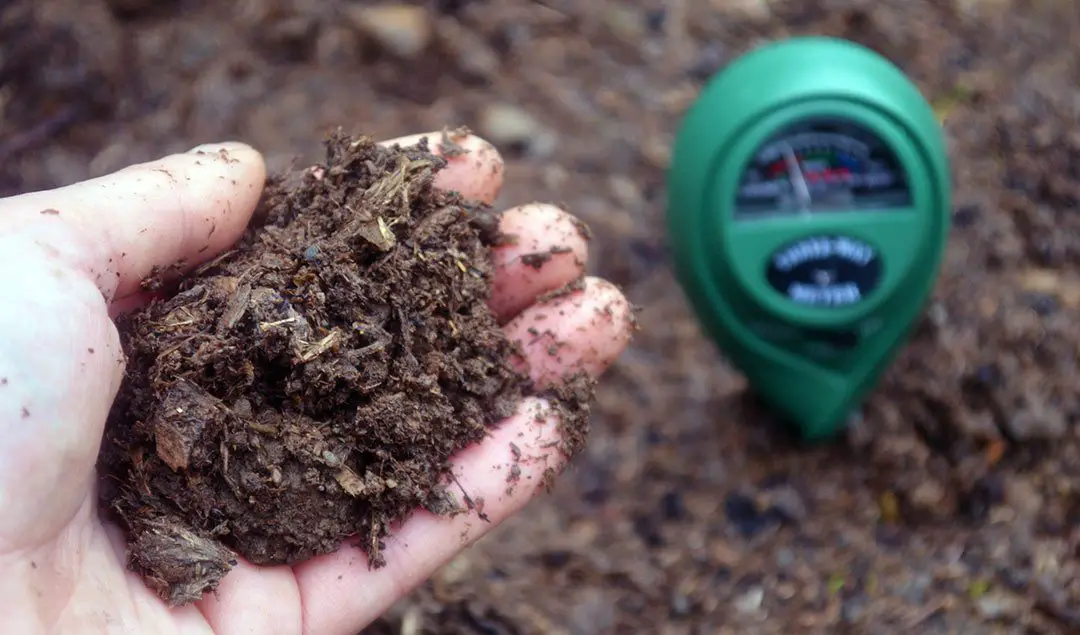
Soil pH is a measure of acidity or alkalinity and is a key factor in plant development. On a scale of 1 to 14, acidic soils have a pH of less than 7, while alkaline soils have a pH of 7 or higher. Neutral soils, which are suitable for the development of the vast majority of plants, have a pH between 6.5 and 7. You can test the pH level in your own garden with kits sold in specialty stores that are easy to use.
Use an Organic Liquid Fertilizer
Because it is easier to prepare and can be applied easily and without mess, taking advantage of the same irrigation process. Moreover, it can be absorbed by the plants both by the roots and by the leaves and the dosage level can be regulated according to the results obtained.
An inexpensive way to produce organic liquid fertilizer is to place a funnel at the bottom of a plastic drainage pipe and attach it to a fence or wall. The pipe is filled with green leaves from any plant, squeezing them well and placing a plastic bottle filled with water on top to exert constant pressure on them. After a few weeks of fermentation, a nutrient-rich liquid will flow out of the funnel, which will be applied to the plants diluted with water (ratio of 1 liter of liquid fertilizer to 50 of water).
Fighting Pests with Biological Insecticides

These eliminate threats without affecting the plant or people’s health. They can be made at home because they are composed of plants, vegetable oils and a non-chemical active ingredient that determines their effects. This active principle is very often extracted from plants with insecticidal properties (mallow, perifolium, sage, Chrysanthemum piretrum, garlic, basil, chamomile, etc.)
Do you know any other useful tips to start an ecological garden? We want to read them; don’t forget to share them with us in the comments below.

